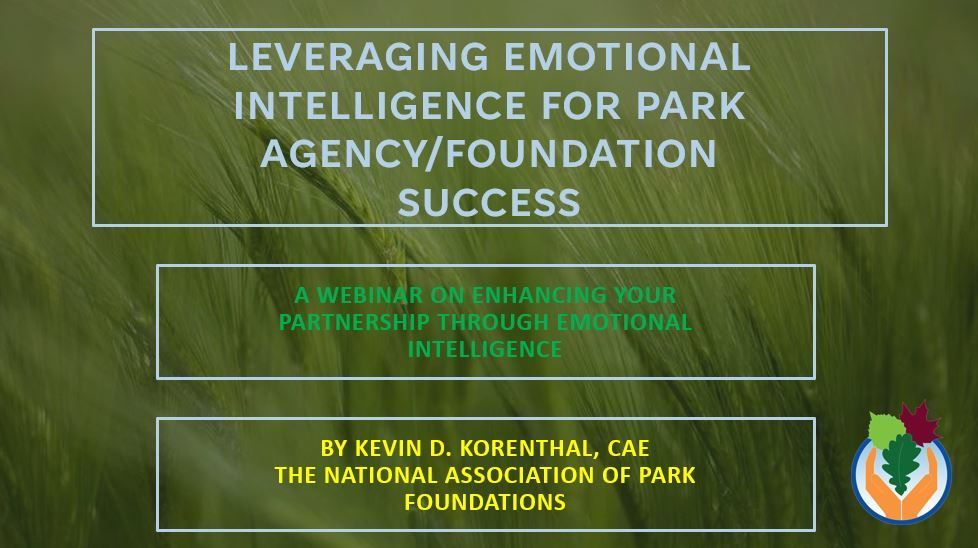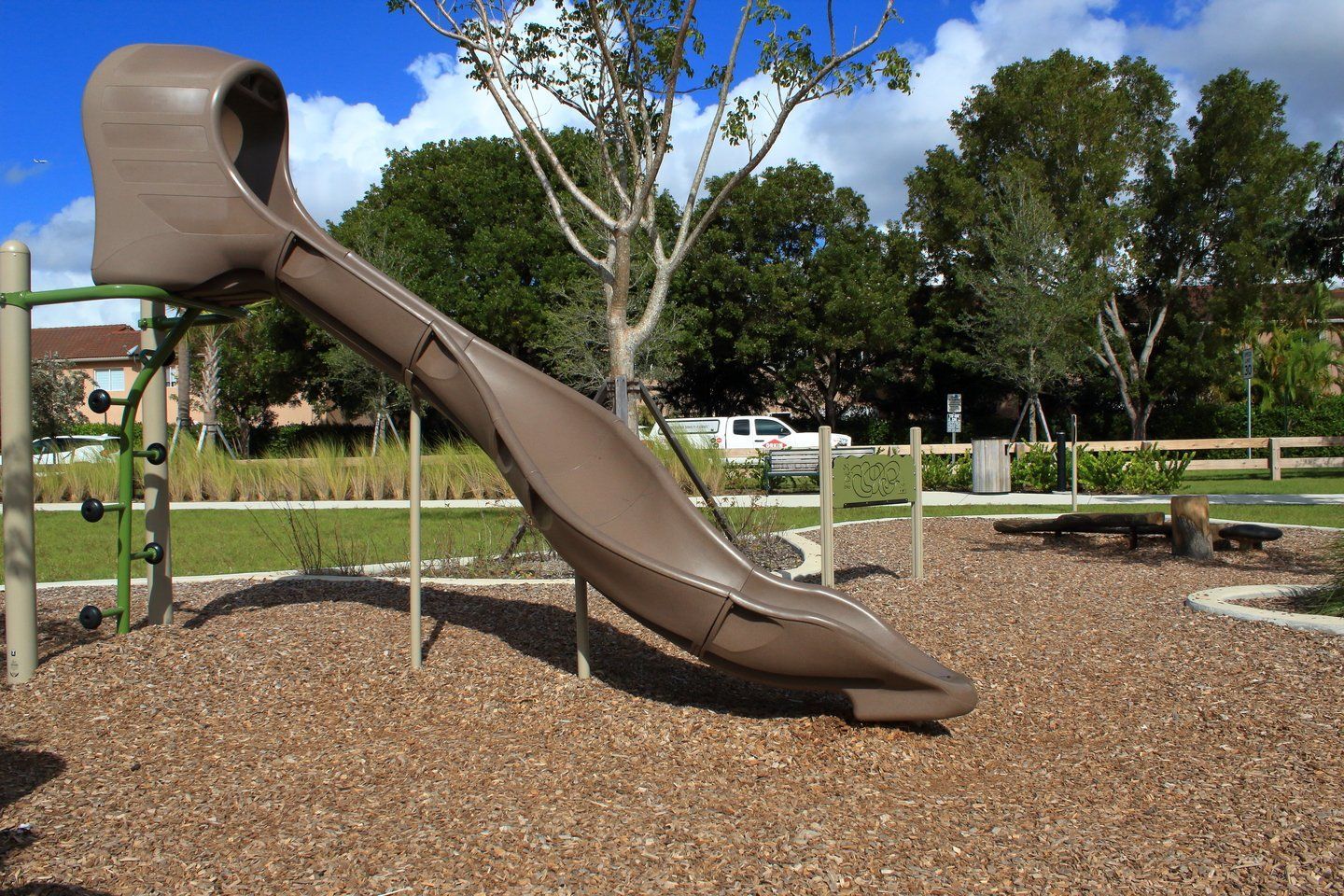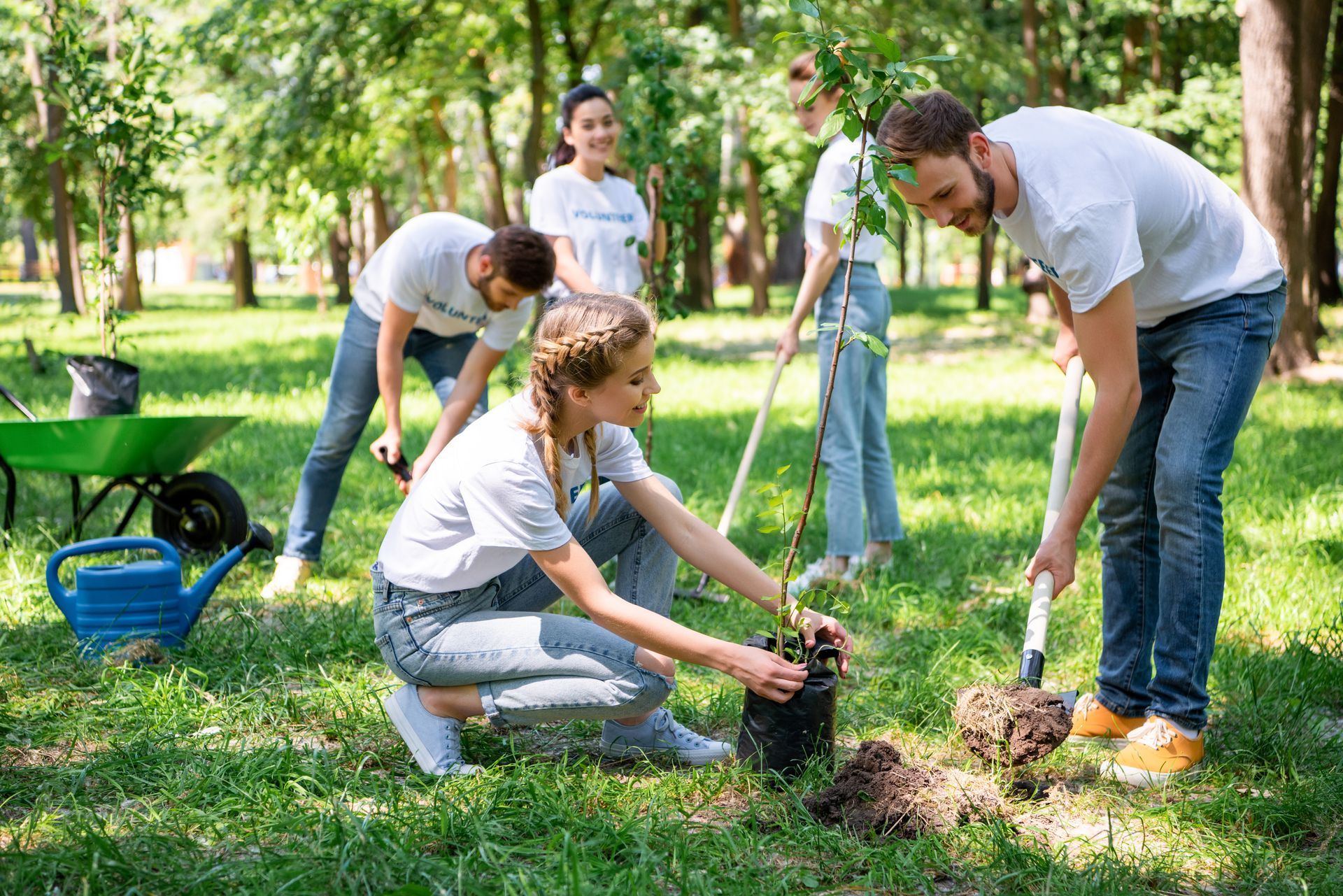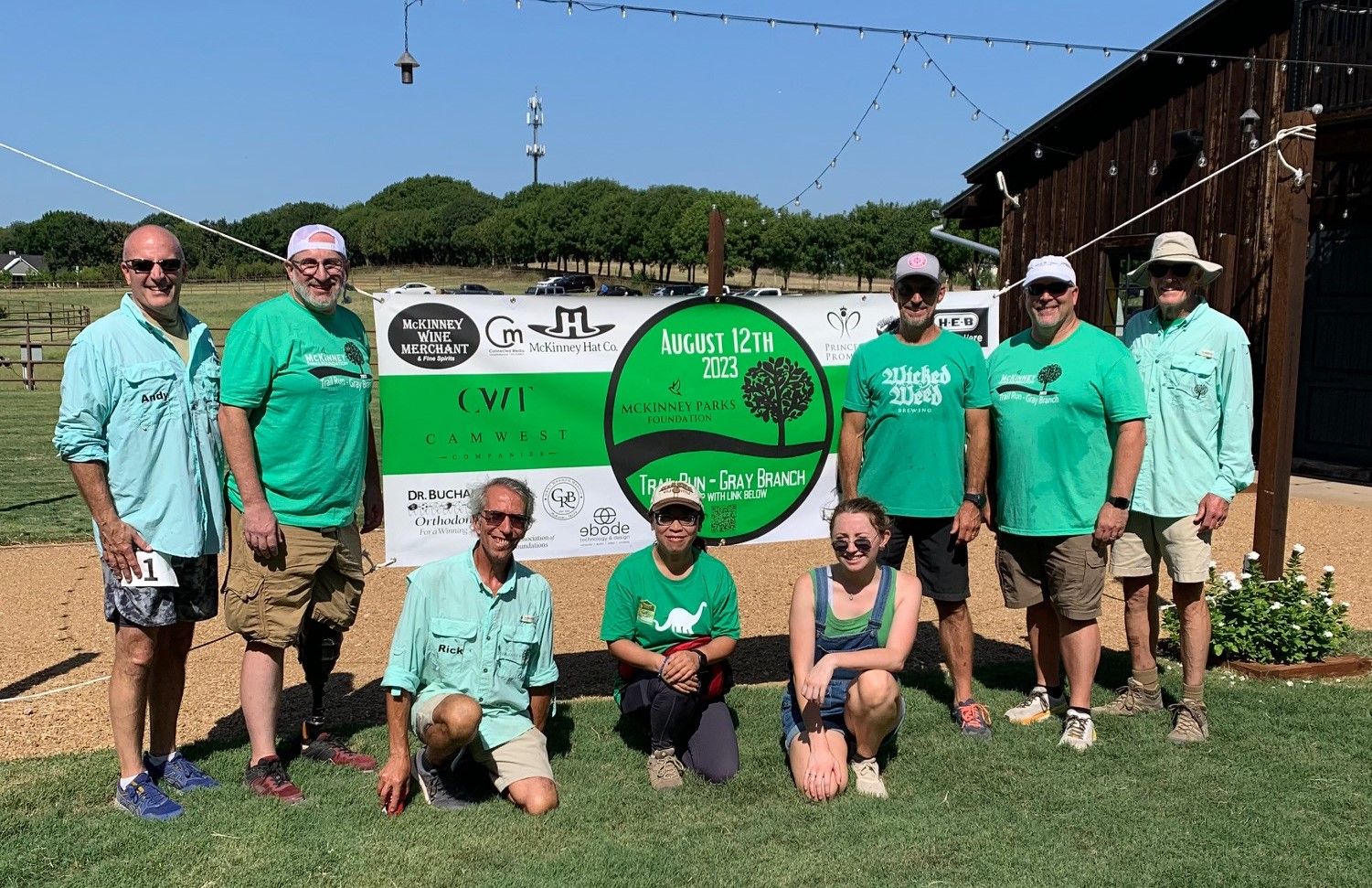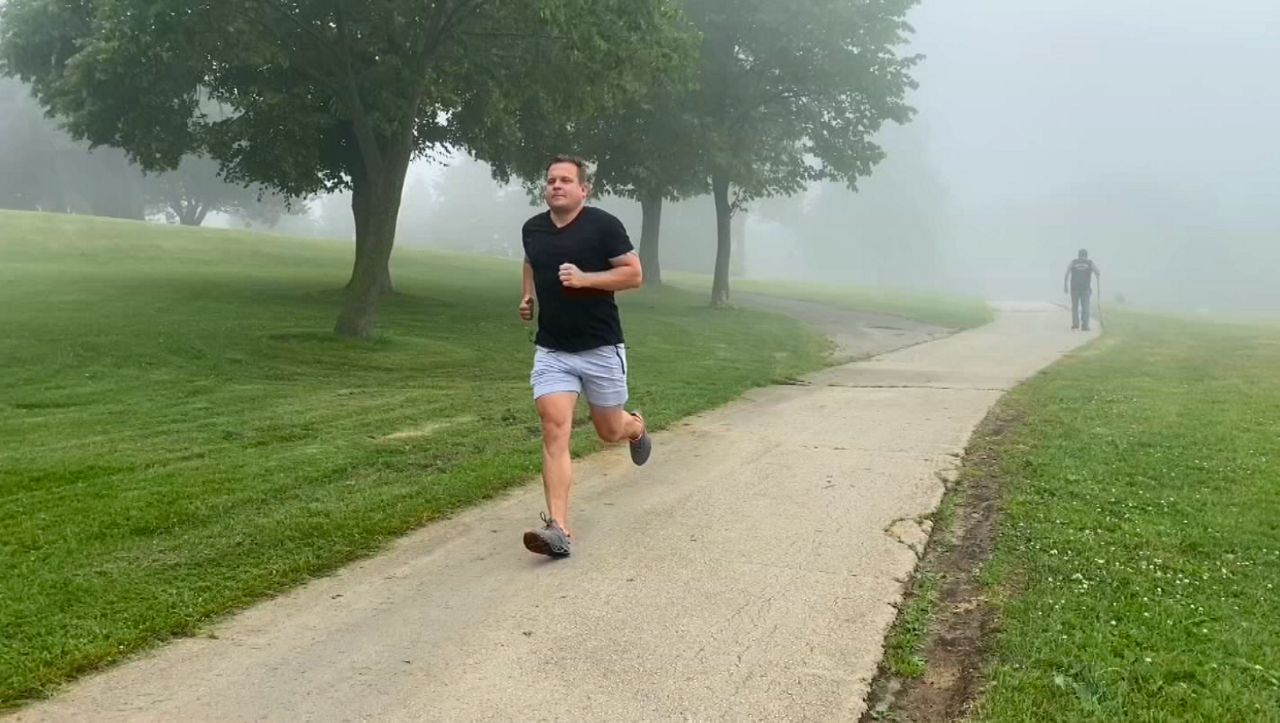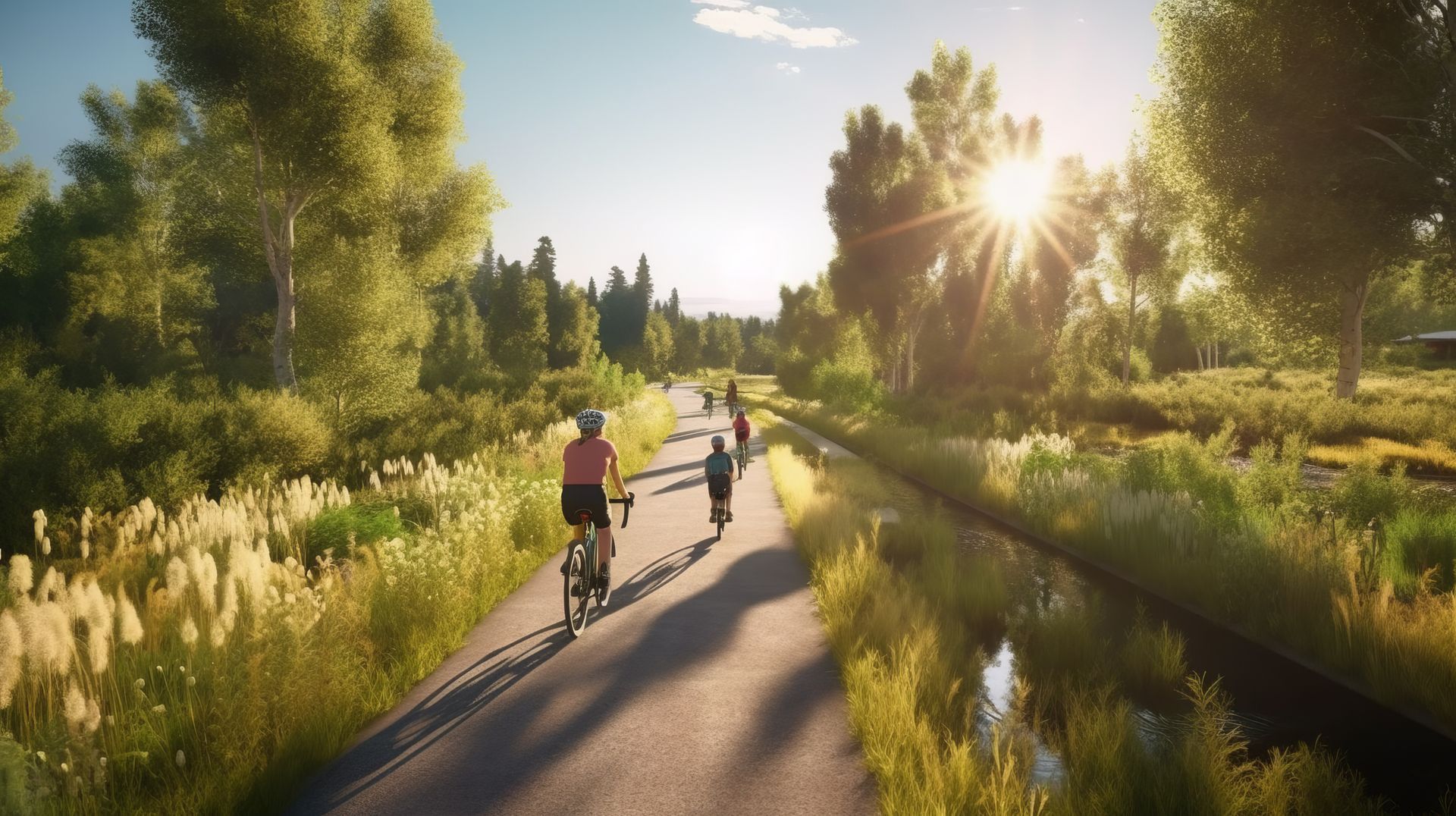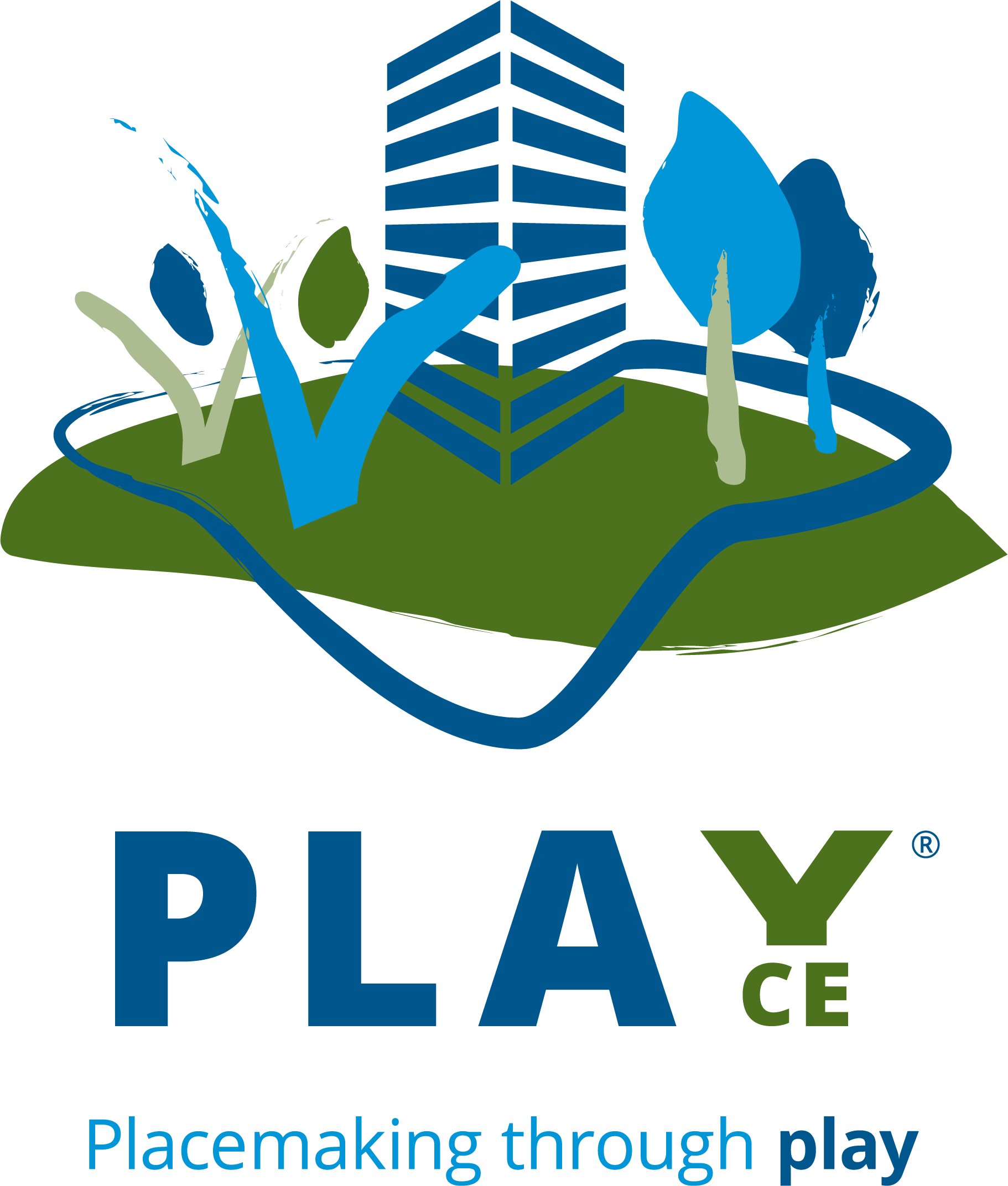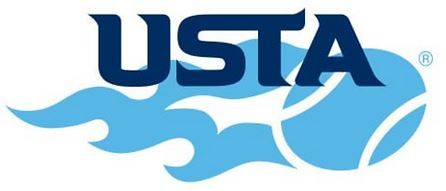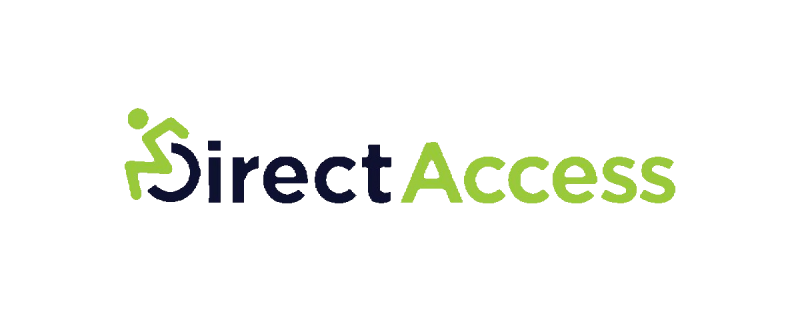Embrace the Green Spirit: Hosting a Monthly Park Clean-Up Day
Introduction:
Parks and trails are valuable community assets that offer a haven for relaxation, recreation, and connection with nature. Unfortunately, these spaces can accumulate litter and suffer wear and tear over time. To address this, park foundations can take the initiative to organize a monthly park clean-up day. These events bring together volunteers who are passionate about preserving and maintaining the beauty of their local parks. In this article, we will explore the benefits of hosting such an event and provide a step-by-step guide to help park foundations launch their own monthly park clean-up day.
Strengthening Community Bonds:
A monthly park clean-up day serves as an excellent opportunity to foster community engagement and connection. By bringing people together from diverse backgrounds, ages, and interests, this event promotes a sense of shared responsibility and ownership over the community's green spaces. Volunteers can interact with one another, fostering new friendships, and creating a stronger, more unified community.
Promoting Environmental Stewardship:
By organizing regular park clean-up days, park foundations demonstrate their commitment to environmental stewardship. These events encourage participants to adopt eco-friendly practices and instill a greater sense of respect for the environment. Volunteers become active participants in preserving and protecting the natural beauty of their local parks, leading to a positive ripple effect throughout the community.
Beautifying Parks and Trails:
Regular maintenance and clean-up are vital to keeping parks and trails aesthetically appealing and safe for visitors. Monthly clean-up days provide an opportunity to address various maintenance tasks such as trash pick-up, light repairs, trail clearing, weeding, and other necessary work. By consistently addressing these issues, park foundations contribute to the overall beauty and functionality of the park, enhancing the experience for all who visit.
Education and Awareness:
In addition to the physical improvements, monthly park clean-up days offer an educational platform to raise awareness about the importance of environmental conservation. Park foundations can organize workshops or informational sessions during these events, educating volunteers about sustainable practices, wildlife preservation, and the ecological significance of the park. By imparting knowledge and understanding, park clean-up days help create a community that is environmentally conscious and proactive.
Getting Started:
To organize a successful monthly park clean-up day, park foundations can follow these steps:
a. Planning and Preparation:
Choose a park that requires regular maintenance and has the potential to benefit from community involvement. Set a recurring date for the clean-up day, such as the first Saturday of every month. Ensure you have the necessary supplies such as gloves, trash bags, rakes, and any specialized equipment.
b. Promoting the Event:
Spread the word about the clean-up day through various channels, including social media, community newsletters, local newspapers, and posters. Engage with schools, local businesses, and community organizations to encourage participation and build a sense of shared responsibility.
c. Volunteer Coordination:
Establish a registration system to keep track of volunteers and their contact information. Assign team leaders or coordinators to oversee different tasks during the clean-up day and provide necessary guidance to volunteers.
d. Task Allocation:
Identify the maintenance tasks required for each clean-up day, such as trash pick-up, weeding, trail clearing, or repairs. Divide the volunteers into teams and assign them specific tasks based on their interests, skills, and physical abilities.
e. Safety Measures:
Ensure the safety of all volunteers by providing safety guidelines and necessary protective equipment. Conduct a safety briefing before the clean-up activities begin. It is important to prioritize the well-being of participants throughout the event.
f. Recognition and Appreciation:
Celebrate the efforts of the volunteers by recognizing their contributions. Express gratitude through certificates, awards, or public acknowledgments to encourage continued participation and to inspire others to get involved.
Members who would like to learn more about organizing and executing a volunteer day in the park can view our recent webinar on the topic. Just log into your account and go here to find "Topic: Carrying Out Your Volunteer Days!". Non-members can purchase a link to view the webinar by sending an email to info@the-napf.org.
